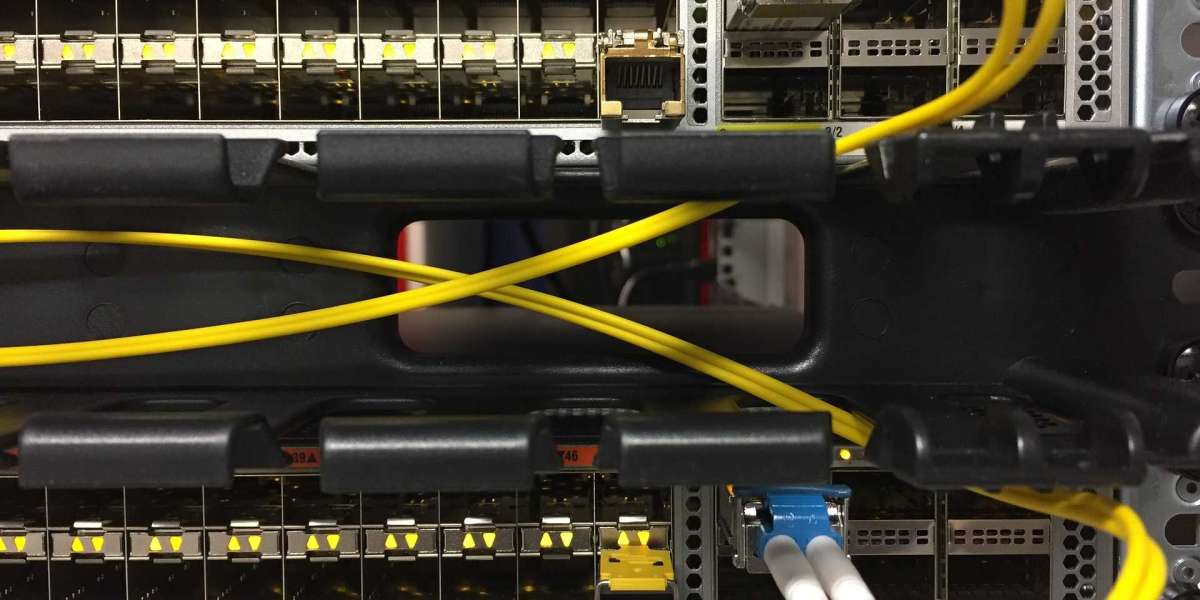A network switch serves as the "brain" or "core" of a network when it is being designed. In a LAN (Local Area Network), networking gear links all of the devices while rerouting and forwarding data to the desired location. When operating a business, it's crucial to have a network switch that can successfully meet all of your IT requirements.
Although switches come in a variety of sizes that enable them to have up to 52 ports, there are more variations between managed and unmanaged switches than that. Here, we'll define the two kinds, examine their distinctions, and assist you in selecting the one that's best for you.
How Do I Pick a Managed or Unmanaged Network Switch?
There isn't a straightforward solution to this query. The person most qualified to assist you in selecting a network switch based on your requirements is typically a network manager or technician. However, it is unlikely that you will require anything more than a smaller unmanaged switch for smaller companies that only have one office or freelance professional work. However, managed switches are essential if the network has thousands of people connected at once.
However, it's crucial to consider not only the capacity but also the features you may require and the network's complexity. For instance, protection might be a major factor in your decision. Even if your network is tiny, managed data switches may still be the best option if you are transmitting a lot of extremely sensitive data (such as customer information or financial information). Similarly, the managed switch's VLAN function might be required to ensure security if your company frequently collaborates with customers and partners who require a brief, limited amount of access to your network.



